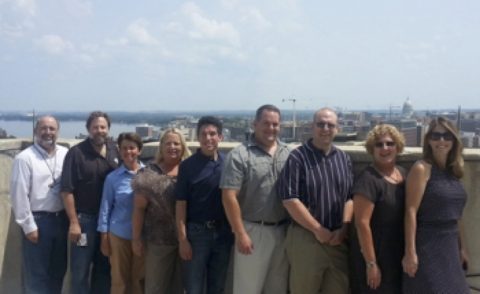by Keith L. Seitter, CCM, AMS Executive Director
One of the AMS Core Values is: “We believe that a diverse, inclusive, and respectful community is essential for our science.”
AMS lives this value, which is articulated in the Centennial Update to the AMS Strategic Goals. We work to foster a culture that celebrates our diversity, strives for equity in all we do, and encourages inclusion across all activities so that everyone can experience a sense of belonging in the Society.
To formalize these efforts and provide a clearer path for providing resources toward them, the Council approved the creation of a new entity in AMS in fall 2019. At its meeting this past January, the Council approved the terms of reference for this new component of the Society’s structure and that Dr. Melissa Burt would serve as its first chair. This Culture and Inclusion Cabinet (CIC) has the following charge:
To accelerate the integration of a culture of inclusion, belonging, diversity, equity, and accessibility across the AMS and evaluate and assess progress towards culture and inclusion strategic goals within the Society. Meaningful integration into all areas and components of the AMS will require time and sustained effort. Fully integrating diversity, equity, inclusion, and belonging (DEIB) will result in an organizational culture that is accessible, advances science, serves society, and is responsive to social justice.
The Council designates this new body as a “Cabinet” to reinforce that it is not quite like any of the other entities making up the volunteer structure of the Society (council, commission, board, committee, task force, etc.). The CIC will play a unique role and therefore was given a unique name.
The CIC sits at the highest level of the organizational structure for AMS save the Council itself, to which it reports directly. Being at this level it can more readily ensure that issues of diversity, equity, inclusion, accessibility, social justice, and belonging are addressed throughout all AMS programs and activities.
The CIC does not replace any of the other components of the Society that work in these arenas—most notably the Board on Women and Minorities (BWM), which has a long record of addressing equity and inclusion issues in AMS. The BWM will continue to oversee specific programs aimed at diversity, equity, and inclusion, and will likely expand its role in AMS programs as the CIC helps integrate those efforts more broadly in the Society.
AMS has a strong record of addressing diversity and equity issues and a culture of inclusivity that other organizations could learn from. The creation of the CIC builds on those strengths and puts AMS in a position of leadership among scientific organizations in elevating these issues to the highest levels so that they can be threaded through every program in foundational ways.
For many of us, the sense of belonging in AMS is an important part of what makes the Society so special, and we want everyone in the community to feel that sense of belonging as an intrinsic aspect of the AMS culture. I am confident the new Culture and Inclusion Cabinet will take us there and will assist our entire community in creating an even more inclusive environment—strengthening our enterprise in the process.
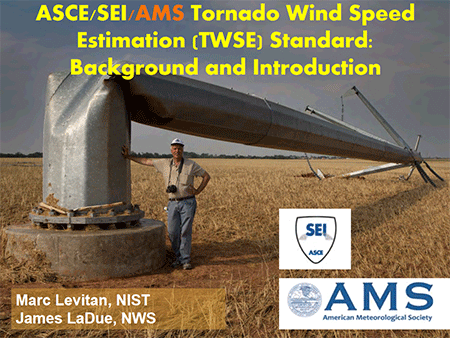
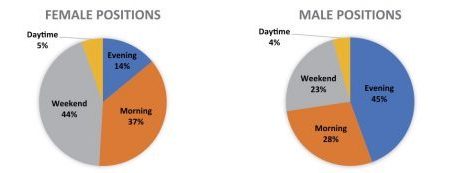
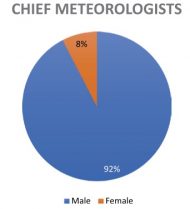
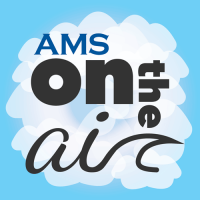 Listen from the
Listen from the 